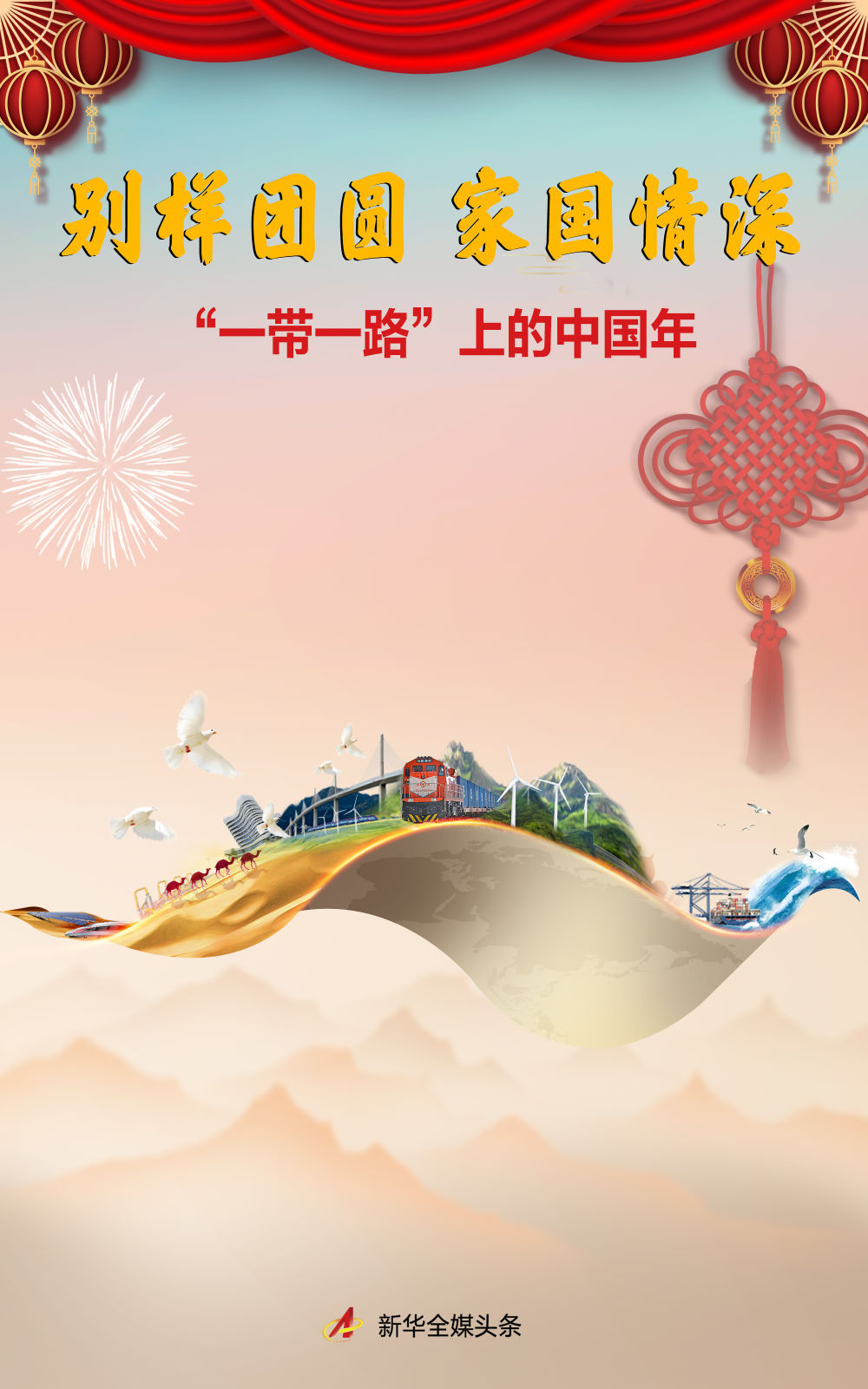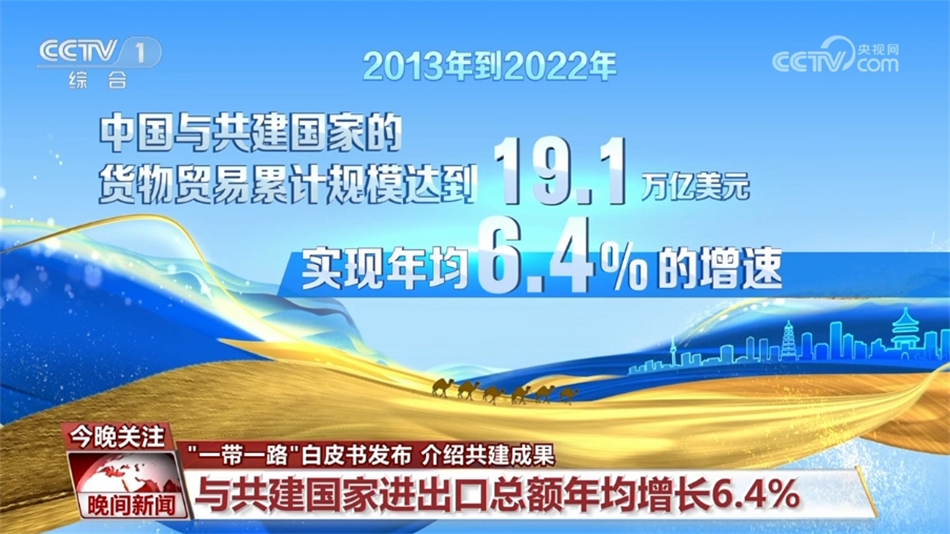The Elegance Of Pear City: Korla’s Millennium Echo And Future Song
The Elegance Of Pear City: Korla’s Millennium Echo And Future Song
In the soil of the Western Region, there is a city named Korla. "Book of Han·Biography of the Western Regions" records that "Quli City was governed by the Duwei, with 130 households, 1,480 inhabitants, and 150 victorious soldiers." Its location was approximately in the suburbs of today's Korla. This city is nourished by the snow water of Tianshan Mountains
In the soil of the Western Region, there is a city named Korla. "Book of Han·Biography of the Western Regions" records that "Quli City was governed by the Duwei, with 130 households, 1,480 inhabitants, and 150 victorious soldiers." Its location was approximately in the suburbs of today's Korla. This city, nourished by the snowy waters of the Tianshan Mountains, has been the choke point of the North Silk Road since ancient times. Now it is known as the "Pear City" in the Western Regions. From the ancient inns with the sound of camel bells to the modern cities with numerous high-rise buildings, every grain of dust in Korla is filled with legends, and every gust of wind is filled with hope.
Camel bells on ancient roads: imprints of civilization in the long history
The history of Korla is an epic of multi-ethnic blending and symbiosis. Archaeological discoveries have confirmed that humans thrived here as early as the Neolithic Age. During the Spring and Autumn Period and the Warring States Period, the Sezhong people were nomadic here, leaving behind exquisite bronzes and rock paintings. After Zhang Qian of the Han Dynasty passed through the Western Regions, Quli became an important farming town for the Han army. In the Tang Dynasty, this place was under the jurisdiction of the Anxi Protectorate. The poet Cen Shen once passed through this place and left behind the eternal famous saying "The wind at Qikou of Yinshan is like an arrow, and the moon in the west of Iron Gate Pass is like practice." Iron Gate Pass still stands in the north of Korla City, witnessing the vicissitudes of time.
After the Song and Yuan Dynasties, Korla was successively under the jurisdiction of the Western Liao and Mongolian empires. Marco Polo, a famous traveler in the Yuan Dynasty, once recorded: "This city is rich in cotton, fruits and wine, and merchants are constantly coming and going." In the Ming Dynasty, it became the nomadic land of Erut Mongolia; during the Qianlong period of the Qing Dynasty, after the Junggar tribe was pacified, Korla became Korla Huizhuang and was included in the territory of the Qing Dynasty. During the Guangxu period, the Zhili Hall of Korla was established, and the scale of the city gradually expanded.
In this land, Buddhist culture once flourished. The ancient Yanqi Kingdom, not far from Korla, was an important node for the spread of Han Buddhism to the Western Regions. Exquisite Buddhist caves and fragments of murals can still be seen in the existing ruins of the Seven Star Buddhist Temples. Along the Peacock River is the ancient city of Loulan, known as the "Pompeii of the East". The unearthed wooden slips in Chinese and Kallu script tell the story of Korla's glorious past as a crossroads of civilizations.
New look of Pear City: an ecological miracle on the edge of the desert
When the first ray of morning light passes over the surface of Bosten Lake, the day in Korla wakes up to the crow of swans. This city embedded on the edge of the Taklimakan Desert has created an ecological miracle of "half city of pear flowers and half city of water". Every April, pear blossoms bloom like snow all over the city. The breeze blows everywhere and the petals are flying. It is like entering the Peach Blossom Spring written by Tao Yuanming. The artistic conception of "Suddenly a spring breeze comes overnight, and thousands of pear blossoms bloom" is the most vivid interpretation here.
Korla fragrant pears are nature’s gift to this city. This rare fruit with thin skin, tender flesh, juicy and sweet taste has been cultivated for more than 2,000 years. The "Hanhai Pear" recorded in "Records of the Western Regions of the Tang Dynasty" is its ancient name. It was listed as a tribute in the Qing Dynasty. It has "thin and smooth skin, sweet, crisp and juicy, and melts in your mouth". Today, the planting area of Korla fragrant pears reaches hundreds of thousands of acres. Through standardized planting and cold chain logistics, they are sold at home and abroad, becoming a veritable "gold industry". Every fragrant pear embodies the wisdom of the Korla people. From flower and fruit thinning to bagging to prevent insects, from water-saving irrigation to organic cultivation, technology gives ancient fruit trees a new lease of life.
In urban construction, Korla people have always adhered to the concept of "lucid waters and lush mountains are invaluable assets". The Kongque River passes through the city, with willows and pavilions scattered on both sides, making it a good place for citizens to take a leisurely stroll. In the evening, when the lights are on, the river reflects the silhouettes of the buildings, and swans play in the water, forming a moving urban picture. Bosten Lake, not far from the city, is the largest inland freshwater lake in China. It not only nourishes the surrounding farmland, but has also become a national scenic spot. The scenery of "reed flowers swaying in the wind and gulls flying in the waves" attracts tourists from all over.
In terms of economic development, Korla has formed an industrial system based on petrochemicals, textiles and clothing, and agricultural product processing. The development of Tarim Oilfield has made it an important energy base in China. The modern petrochemical park is lined with pipelines and towers, providing a solid guarantee for national energy security. At the same time, Korla Economic and Technological Development Zone has attracted many companies to settle down. A complete industrial chain of textile and clothing industry from spinning, weaving to garment processing has been formed, and the products are exported to Central Asia, Europe and other places.
The status of transportation hubs has become increasingly prominent. Korla Airport has opened dozens of routes to Beijing, Shanghai, Guangzhou, etc., making it the second largest airport in Xinjiang. The Southern Xinjiang Railway and the Coorg Railway intersect here, and freight trains continuously transport local products to all parts of the country. Expressways extend in all directions, connecting surrounding prefectures and ports. This city is embracing the world with an open and inclusive attitude.
A new chapter on the Silk Road: Infinite possibilities for the future
Standing at a new historical starting point, Korla is riding on the east wind of the “One Belt, One Road” initiative to write a more brilliant future chapter. As an important node city in the core area of the Silk Road Economic Belt, Korla's location advantages have become increasingly prominent. It connects to the hinterland of the Central Plains to the east and radiates to Central and South Asia to the west. It is the frontier of China's opening to the west.
On the road to industrial upgrading, Korla is accelerating its transformation into a high-tech industry. New energy projects have been implemented one after another, and photovoltaic power stations stretch endlessly on the Gobi Desert, converting solar energy into clean electricity; big data centers rely on the cold climate and abundant energy advantages to attract technology companies to settle in; in the modern agricultural demonstration park, smart greenhouses and soilless cultivation technology continue to improve the output and quality of agricultural products.
The potential of cultural tourism is being continuously tapped. Relying on its profound historical and cultural heritage, Korla is creating a high-quality "Silk Road Cultural Experience Tour" route. Visitors can visit the ancient battlefield sites at Tiemenguan, appreciate the treasures of Western Region civilization in the museum, and experience the Uyghur customs in rural B&Bs. At the same time, special tourism projects such as desert exploration, lake vacation, and grassland nomadism have made Korla a tourist destination that domestic and foreign tourists yearn for.
The improvement of urban functions makes residents' lives happier. Newly built schools, hospitals, and parks are spread throughout the city, and the level of public services continues to improve; smart city construction makes transportation more convenient and government services more efficient; and the continuous improvement of the ecological environment makes Korla a good place to live and work. In the park in the early morning, people of all ethnic groups sing and dance; in the square at night, children play and play, and a picture of harmonious and beautiful life slowly unfolds in Pear City.
"The wind blows thousands of miles across Yumen Pass." The story of Korla is an epic of struggle spanning thousands of years, and it is also a heroic song facing the future. From ancient camel trails to modern hubs, from desert oasis to new ecological city, Korla uses its own development process to interpret the vitality and creativity of the Western Regions. There is a rich history here, there is current prosperity, and there is even more hope for the future. Just as the water of the Kongque River never stops day and night, the development of Korla will never stop. On the journey of the new era, this thousand-year-old city will surely shine more dazzlingly and write a more exciting chapter.





